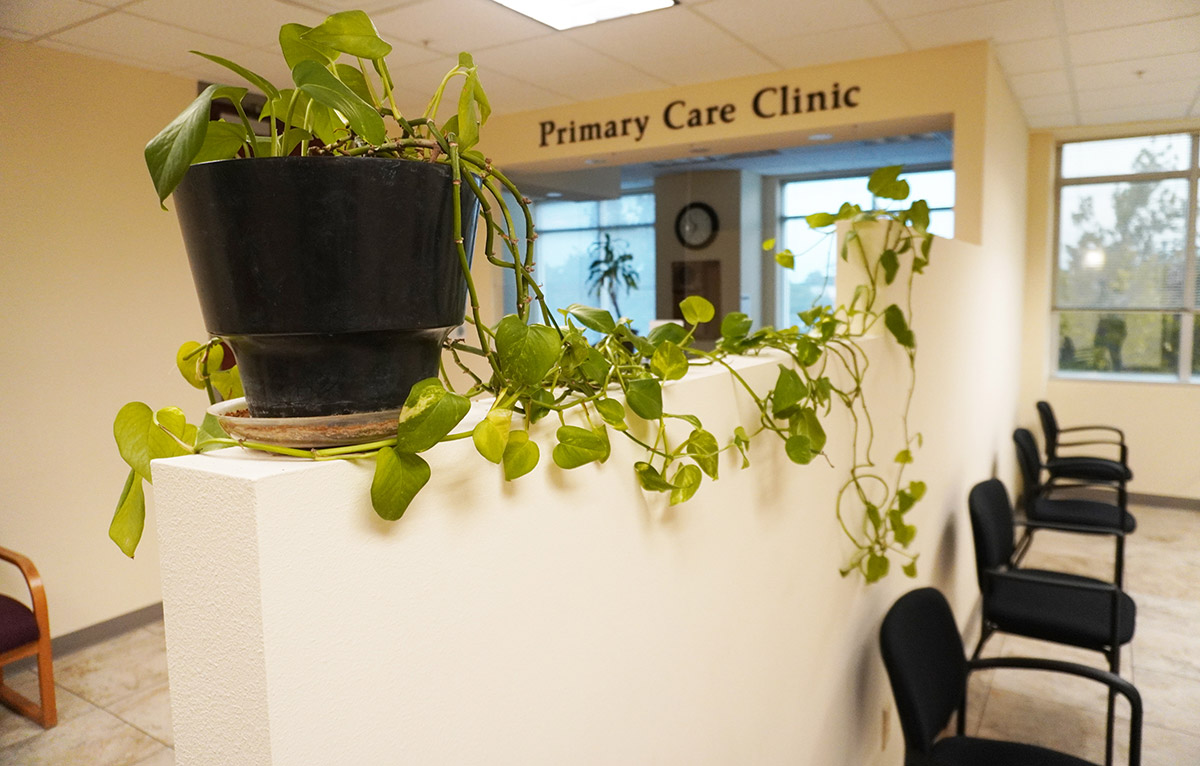Healthcare is always evolving, and this past year has seen many changes in the way healthcare works. The pandemic has especially affected certain aspects of healthcare but also technological advances, personalized needs, and more. But, what should we expect going into 2021? Here’s everything you should know about healthcare in 2021, including healthcare policy, trends in healthcare, and how to get health insurance on the open market.
Healthcare Policy in 2020 and Beyond
Healthcare policy shapes the options available for healthcare for many people, as well as how the healthcare system works. The divisive political culture of the past few years has made healthcare reform difficult. It’s hard to predict just what will happen for healthcare in 2021 and beyond, but changes may be coming, policy-wise with the new administration. This will be most apparent in health insurance systems, as well as the response to the Coronavirus pandemic.
Healthcare Trends and Predictions for 2021
Going into 2021, many of the trends and innovations of 2020 will continue and will be improved upon. Here are some of the top trends that we believe will shape the upcoming year.
Accelerated Innovations
The pandemic forced just about everyone to make changes — and fast. This rapid change has led to a breakneck speed in new developments for healthcare and technology, among other fields. This quick adaptability will continue to keep pace with current events and leave everyone better prepared for future challenges and uncertainties.
Healthcare Considerations in Everyday Life
The year 2020 saw many companies move to remote work and businesses providing extra safety measures to protect employees and customers. The spread of contagions and the general welfare of everyone will continue to be at the forefront of everyone’s minds. Remote work, where possible, is likely to continue for many companies, and many others will implement more flexibility with work-from-home options.
Workplaces across the country will likely continue using advanced healthcare screenings and biotechnology to protect employees. Quarantine protocols and regular sanitizing services will also be utilized in offices and businesses. Increased safety measures at work will help slow the spread of contagious diseases.
Telehealth Services

Perhaps one of the biggest trends of 2020 that we will see continuing into 2021 and improving is telehealth services. This refers to healthcare visits via phone or video chat from home. These services were not new in 2020, but they became more useful than ever and much more widely used.
While telehealth appointments don’t work for all types of conditions or ailments, many doctor’s visits can be done remotely. Conditions and types of visits that can commonly be done remotely include dermatology, mental health, management of diabetes, hypertension, cholesterol, sexual health, contraception, and prescription consultations.
These visits are more convenient for both doctor and patient and offer protection from exposure to contagious diseases while in the doctor’s office. Doctors can usually complete more telehealth visits in a day when compared to in-office visits, and this is very useful when healthcare workers are in short supply and busier than ever.
New technologies and wearable devices will also allow for better patient monitoring from afar. With Remote Patient Monitoring (RPM), healthcare workers can not only visit with patients online, they can collect vital health data. This may include blood pressure cuffs, glucose monitors, oxygen sensors, scales, thermometers, sleep monitoring devices, and more. Advanced versions of these home health monitoring devices with internet connectivity help inform telehealth visits and care.
Remote telehealth visits have proven especially helpful for mental health visits, and we believe this trend will continue into next year and beyond. Those who live in rural areas or with mobility issues or anxieties about being in public can find easier access to convenient, quality mental health care from home.
Other expanded convenience options in healthcare will also likely continue into next year, like drive-thru clinics and healthcare visits in pharmacies and grocery stores.
Beneficial Healthcare Data
The amount of healthcare-related data collected has increased exponentially lately, and the methods for collecting data are changing and improving. Better data collection and sharing leads to better healthcare offerings, more fairness in healthcare treatments and insurance programs, as well as better forecasting of health trends and risks.
New technology and data sharing capabilities will also be used to help detect and track future outbreaks. This will allow cities to react faster and better manage potential outbreaks and will allow healthcare systems to better prepare and allocate resources and personnel where they are needed most.
Improved Wi-Fi and 5G Connectivity
While at first, this may seem like more of a technology trend than a healthcare one, they are related. With COVID-related hospitalizations and quarantines, more people than ever are relying on virtual connections to visit with loved ones. This has put more demands on the system, and we expect continued improvements to connectivity in the coming year. This will also benefit those who are working from home, as well as telemedicine appointments.
Personalized, Patient-Centric Care
Another big shift we see happening lately is the move to more patient-first healthcare. Instead of healthcare that benefits corporations more and churns out standardized modes of care, patients will have better options, with choices like telehealth appointments and better access to care. We also see more personalized, holistic approaches in more healthcare settings that better serve each individual.
How to Get Healthcare and Health Insurance in 2021
If you’re wondering how to navigate The Affordable Care Act or are struggling with understanding marketplace insurance, you’re not alone. But, knowing when and how to apply for free health insurance doesn’t have to be confusing. Obtaining health insurance is critical to maintaining a healthy lifestyle, and there are many affordable options available today.
What Is Open Enrollment?
You’ve probably heard the term open enrollment before, but what does it mean? Open enrollment refers to the time period when you can apply for individual-market health insurance plans. This means you can apply for and buy your own insurance coverage through the open market, which provides several options for you to choose from.
When Is Open Enrollment?
Generally, you have a period of time each year where the market is open, and you can enroll in new health insurance. In 2020, open enrollment began on November 1 and ended on December 15. This date is extended beyond the December 15 deadline in some states, but the exact extensions vary by state. After these deadlines, many people will need to wait until the next open enrollment in the following year to apply for health insurance or will have limited options in finding healthcare coverage. However, many states allow for enrollment at any time or through other enrollment periods for certain groups of people.
The healthcare market is open year-round for many people with lower incomes and those who qualify for Medicaid. Changes in income, either way, may allow you to apply at any time of the year if the changes make you suddenly eligible or ineligible for Medicaid coverage. Native Americans are also allowed to apply and enroll at any time during the year. Short-term health coverage may also be available outside of the open enrollment period.
When Will My Health Insurance Take Effect?
If you participate in the regular open enrollment, your health insurance should begin on January 1, 2021. If you qualify for other enrollment periods throughout the year, this will vary, and you can check with your state’s rules. It will likely start the following month from when you applied and enrolled. You should then be covered for the year and will receive notices when it’s time to re-apply for the next year.
Financial Assistance for Healthcare
For many people, tax credits, subsidies, and other forms of financial assistance may be available to help make health insurance more affordable. The type and amount of financial assistance available will depend on household size and income levels. Many Americans qualify for assistance, and the open enrollment period is a great time to see if you qualify for financial help for your health insurance.
Renewing Health Insurance
If you already have health insurance through the open market, it will generally auto-renew. You will probably receive a notice that the auto-renewal will take place, and you can elect to change plans if you want or do nothing; the same plan will renew. It may be worthwhile to shop around and make sure you have the best plan for your needs.
Integrative Behavioral Health and Physical Care Services in New Mexico
Sage Neuroscience Center offers addiction treatment and behavior health disorder services in New Mexico. Our caring, multidisciplinary team provides a wide variety of holistic treatment services, helping our patients find balance for body and mind. The professionals at Sage will help you reach your health goals, no matter what they are. We also offer telemedicine appointments for convenience, safety, and compassionate care.
Learn more about our Integrative Services and new Telehealth Visits here.

Founder and Clinical Director
Dr. Reuben Sutter is the founder and Medical Director for Sage Neuroscience Center. He is board-certified in general adult psychiatry and addiction medicine. He is also the past president of the psychiatric Medical Association of New Mexico. His practice focus includes severe mental illness, substance use disorders, and treatment-resistant depression. He supervises the Transcranial Magnetic Stimulation service.
Read Dr. Sutter’s Full Bio | Browse All Articles Written by Dr. Sutter



